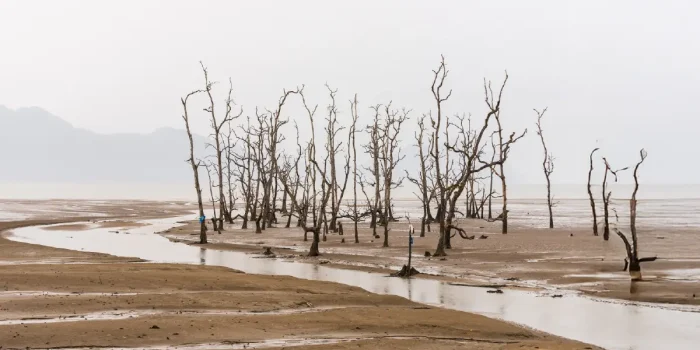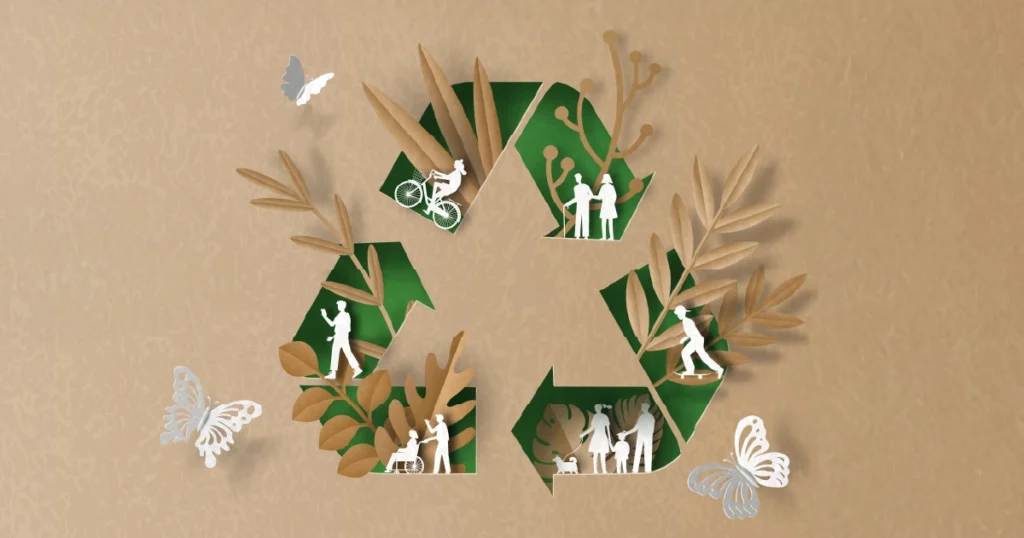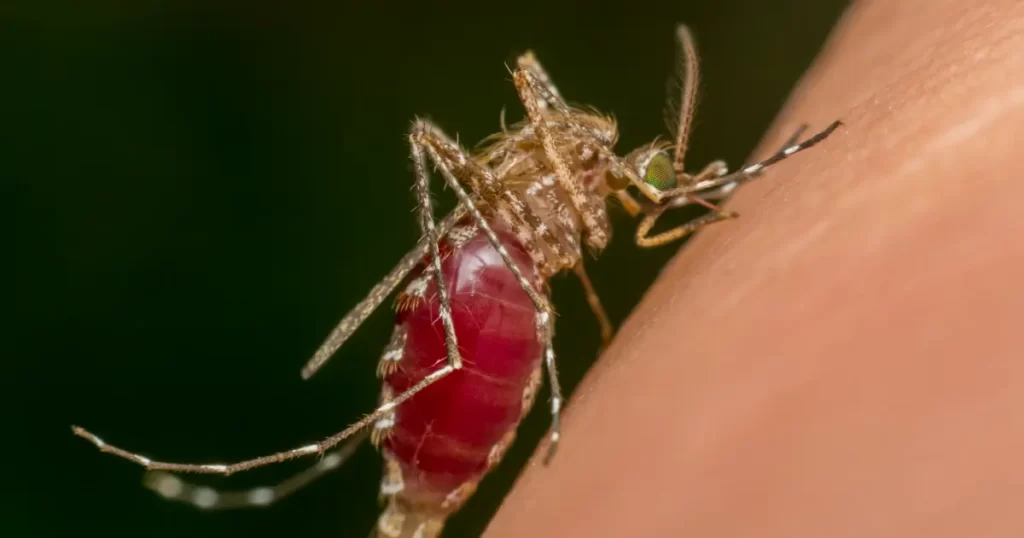Introduction
When forests are cleared, wetlands drained, or oceans polluted, it is not only wildlife that suffers. Habitat Loss and Animal Suffering are inseparable: destroyed ecosystems fuel biodiversity decline, animal displacement, and human–wildlife conflict. The result is more than animal suffering—it is a rising threat to global health.
Habitat destruction amplifies animal stress, displaces species, and accelerates conflict with humans. These disruptions are directly linked to ecosystem collapse, food insecurity, and the spread of zoonotic diseases. In short, habitat loss is not just an environmental issue; it is a crisis that connects animal welfare, human health, and planetary survival.
But can humanity continue to ignore the suffering of animals when its own health and survival are at stake?
Habitat Loss and Animal Suffering in a Shrinking World
When habitats disappear, animals lose shelter, food, and safety. Displaced wildlife often face starvation, predation, and increased interaction with humans. For example, elephants forced into farmland may raid crops and be killed in retaliation, while primates deprived of forests are hunted or captured for trade.
Fragmented habitats also cause psychological stress. Animals in degraded environments show abnormal behaviors, reduced reproduction, and higher mortality. This suffering signals ecological decline and the erosion of biodiversity [1].
Ecosystem Collapse and Its Ripple Effects
Healthy ecosystems regulate climate, purify water, and provide food. When habitats vanish, these life-supporting services collapse. As a result, societies face soil degradation, water scarcity, and food insecurity.
The loss of keystone species like pollinators and predators destabilizes entire ecosystems. Bees, for example, are essential for crop pollination, yet their habitats are shrinking due to deforestation and pesticide use. Without them, agricultural yields decline, causing hunger and economic instability [2].
In the Amazon rainforest, large-scale deforestation not only destroys wildlife habitats but also weakens the region’s role as a global carbon sink. Consequently, its degradation accelerates climate change, disrupts rainfall patterns, and undermines food production far beyond South America [2].
From Habitat Loss to Zoonotic Disease
Habitat destruction is one of the strongest drivers of zoonotic disease emergence. As humans encroach on wild areas, animals are forced into closer contact with people and livestock. Consequently, pathogens once confined to remote ecosystems find new hosts.
HIV, Ebola, and COVID-19 are stark reminders of this connection. Each has roots in human disruption of wildlife habitats. Another example is Nipah virus, first identified in Malaysia in the late 1990s, which spread from fruit bats to pigs and then to humans. Outbreaks have since been linked to deforestation and agricultural expansion in South and Southeast Asia [3].
According to the United Nations, over 70% of emerging infectious diseases in humans originate in animals, often due to habitat change and exploitation [3].
Climate Change as a Force Multiplier
Climate change accelerates habitat loss. Rising temperatures, floods, and droughts worsen ecosystem degradation and displace wildlife at unprecedented rates. Coral reefs, for example, are bleaching globally, erasing homes for countless marine species. Moreover, as climate impacts intensify, both animals and humans face shrinking safe spaces [4].
A One Health Perspective on Habitat Protection
A One Health perspective shows that protecting habitats is not only conservation—it is also disease prevention and climate resilience. Safeguarding ecosystems reduces animal suffering, preserves biodiversity, and minimizes zoonotic spillover. Therefore, habitat protection is a frontline strategy for both animal welfare and global health [5].
Conclusion
Habitat Loss and Animal Suffering are inseparable. Destroyed ecosystems starve wildlife, fragment biodiversity, and push species toward extinction. At the same time, habitat loss exposes humanity to food crises, climate instability, and new diseases.
Recognizing habitat loss as both an animal welfare and a public health emergency reframes the debate. Protecting ecosystems is not only about compassion for animals—it is a global survival strategy. Sustainable land-use planning, international cooperation, and stronger conservation laws are urgently needed to safeguard both biodiversity and human wellbeing. Humane treatment of animals begins with preserving their homes, because when habitats collapse, both animals and humans suffer the consequences.
References
- Díaz, S., Settele, J., Brondízio, E.S. et al. (2019). Summary for policymakers of the global assessment report on biodiversity and ecosystem services. IPBES.
- Ripple, W.J., Wolf, C., Newsome, T.M. et al. (2017). World scientists’ warning to humanity: A second notice. BioScience, 67(12), pp. 1026–1028. https://doi.org/10.1093/biosci/bix125
- Jones, B.A., Grace, D., Kock, R. et al. (2013). Zoonosis emergence linked to agricultural intensification and environmental change. PNAS, 110(21), pp. 8399–8404. https://doi.org/10.1073/pnas.1208059110
- WHO & UNEP (2020). Preventing the next pandemic: Zoonotic diseases and how to break the chain of transmission. World Health Organization & United Nations Environment Programme.













